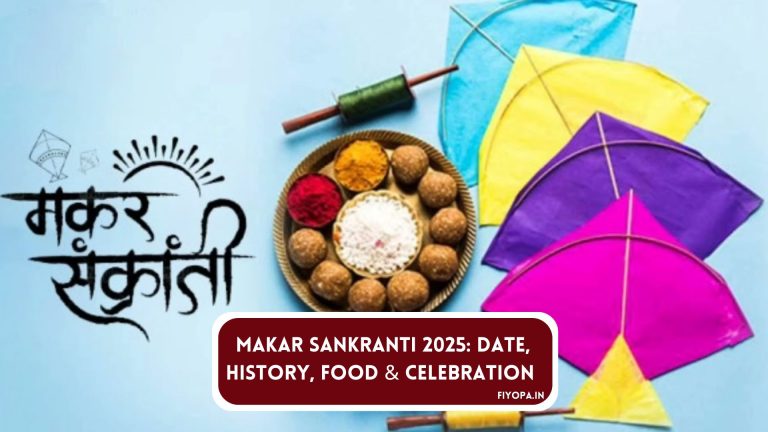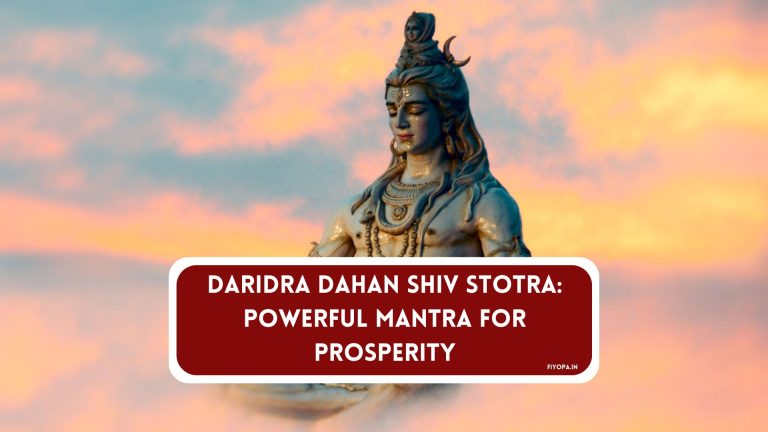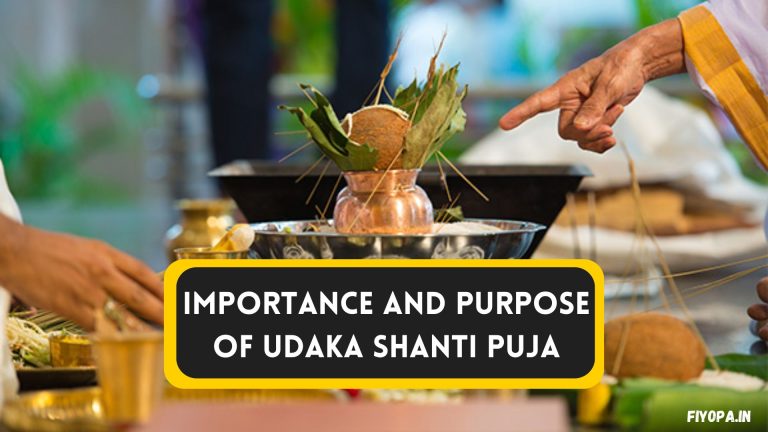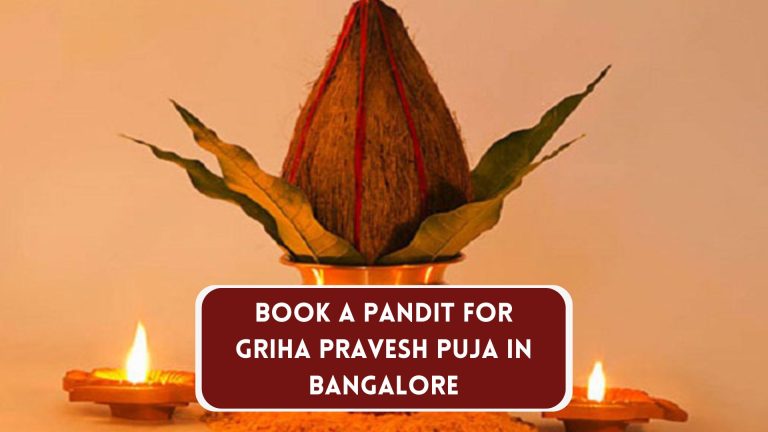Parvati Vallabha Ashtakam Benefits: Chanting for Devotion and Blessings

Parvati Vallabha Ashtakam Benefits: Chanting for Devotion and Blessings The “Parvati Vallabha Ashtakam” is a revered hymn composed by Adi Shankaracharya, praising Lord Shiva, the consort of Goddess Parvati. This sacred octet highlights Lord Shiva’s divine qualities and benevolence. Reciting this hymn is believed to bring blessings, protection, and spiritual growth. It is said to bring inner peace, prosperity, and harmonious relationships, guiding devotees towards righteousness and enlightenment.
Shiva: The Supreme Being in Hinduism
Shiva is a central Hindu figure, revered as the Supreme Being. He embodies both immanent and transcendent aspects of existence and is depicted in various forms, from a meditator to a destroyer of evil. Shiva symbolizes creation, preservation, and dissolution of cosmic forces.
He is the consort of Goddess Parvati, representing the union of masculine and feminine energies for harmony and balance in the universe. Shiva inspires devotees to seek enlightenment and transcend worldly attachments through his narratives, teachings, and manifestations. Worship, rituals, and meditative practices offer pathways to inner transformation and union with cosmic consciousness. Shiva reigns as the ultimate source of cosmic order, auspiciousness, and boundless compassion in Hindu spirituality.
Parvati: The Divine Mother and Shiva’s Consort
Parvati is a significant figure in Hindu mythology, known as the Mother Goddess and the partner of Lord Shiva. She represents harmony and balance in their divine union, embodying grace, beauty, and strength. Parvati symbolizes the nurturing aspect of the feminine, standing for fertility, love, and devotion. She has different forms like Gauri, Kali, and Durga, each showcasing different sides of her character.
Together with Shiva, they represent the balance between masculine and feminine energies. Their union symbolizes creation, destruction, life, death, and the unity of the cosmos. Followers see Parvati not only as Shiva’s spouse but also as a caring mother who gives blessings, protection, and wisdom. Through her stories and worship, Parvati embodies the eternal feminine principle, guiding people toward enlightenment and divine love and grace.
The Power and Symbolism of Shiva
Shiva is a prominent deity in the Hindu pantheon, representing various powers and symbolism that hold significance for devotees. He is seen as the Supreme Being, embodying the cycle of creation, preservation, and dissolution, and symbolizing the eternal rhythm of existence. Shiva is both known as the destroyer of evil and as a compassionate ascetic who transcends worldly desires and attachments.
Shiva’s third eye symbolizes wisdom and insight, capable of both destruction and illumination. The serpent around his neck represents dormant Kundalini energy, waiting for awakening. The crescent moon symbolizes the passage of time and the cyclic nature of life, while the Ganges river flowing from his hair purifies the soul and grants spiritual liberation.
Shiva’s Tandava dance represents the dynamic forces of creation and destruction, maintaining cosmic balance. Followers worship Shiva as a source of strength, guidance, and spiritual solace, seeking blessings for peace and enlightenment. Shiva’s symbolism transcends myth, resonating with the quest for divine truth and realization.
Parvati Vallabha Ashtakam Benefits
The “Parvati Vallabha Ashtakam” is a hymn composed by the ancient sage Adi Shankaracharya praising Lord Shiva, the consort of Goddess Parvati. Reciting or listening to this hymn is believed to bring benefits to devotees:
- Divine Protection: The hymn is believed to offer divine protection from obstacles, negative energies, and adversities to those who chant or listen to it.
- Inner Peace: The rhythmic verses and heartfelt devotion expressed in the hymn have a calming effect on the mind and heart, fostering inner peace, tranquility, and emotional well-being.
- Blessings of Divine Love: The hymn glorifies the love between Lord Shiva and Goddess Parvati, encouraging devotees to cultivate love, devotion, and harmony in their relationships to receive blessings of divine affection and companionship.
- Spiritual Elevation: The “Parvati Vallabha Ashtakam” is a spiritual text used by devotees to enhance their connection with the divine and aid in their spiritual development and self-realization.
- Removal of Sins and Negativity: The recitation of this hymn is thought to have purifying effects on devotees, helping to cleanse them of past sins, negative karma, and impurities, and guiding them towards spiritual purity and liberation.
- Fulfillment of Desires: Devotees often pray to Lord Shiva and Goddess Parvati with devotion while chanting this hymn, seeking their blessings for the fulfillment of their wishes, aspirations, and noble endeavors.
The “Parvati Vallabha Ashtakam” is known for its ability to invoke divine grace and blessings, bringing spiritual upliftment and enriching the lives of devotees with peace, love, and spiritual fulfillment.
Vallabha Ashtakam: A Devotional Hymn to Seek Shiva’s Grace
The “Vallabha Ashtakam” is a sacred hymn dedicated to Lord Shiva in Hinduism. It consists of eight verses praising Shiva’s virtues and divine attributes. Devotees recite or listen to the hymn with reverence seeking Shiva’s protection and guidance. It helps deepen their connection with Shiva and fosters inner peace and spiritual upliftment. By invoking Shiva’s presence, devotees aspire for spiritual fulfillment and liberation. The hymn is revered by people from all backgrounds for its enduring devotion and inspiration towards righteousness and divine love.
Shiva’s Association with Nationalistic Songs and Modern Culture
Shiva’s connection to nationalistic songs and modern culture in India reflects a unique intersection of tradition, symbolism, and contemporary expressions of identity and pride. Shiva is widely regarded as a symbol of strength, valor, and cultural heritage, qualities that align with sentiments of nationalism and patriotism.
Nationalistic songs and anthems frequently mention Shiva’s name or utilize his mythological characteristics to foster a feeling of unity, strength, and patriotism. Shiva’s references in these songs represent the nation’s unwavering spirit and ability to surmount challenges.
Shiva’s imagery and symbolism are prevalent in various aspects of modern culture, such as literature, art, music, and cinema. His iconic form, featuring the crescent moon, third eye, trident, and serpent, is widely recognized as a symbol of strength, transcendence, and inner transformation.
Shiva’s stories and teachings in literature inspire the exploration of themes such as spirituality, heroism, and social justice. Artists and filmmakers incorporate Shiva’s imagery and mythology into their creations, adding layers of meaning and symbolism that resonate with contemporary audiences.
Shiva’s presence can be seen beyond religious contexts, with influences in popular culture and entertainment. This includes music festivals celebrating Shiva’s divine dance, the Tandava, as well as contemporary interpretations of his mythology in books, movies, and television shows, making him a captivating and inspiring figure for people of different generations.
Conclusion:
Shiva’s worship and symbolism have a wide-ranging impact on human life including material prosperity, cultural expression, and national identity. Devotees seek blessings and protection through sacred hymns like the “Parvati Vallabha Ashtakam.” Shiva’s connection to nationalistic songs and modern culture showcases his lasting relevance in society as a symbol of strength, unity, and cultural pride. Devotees continue to honor Shiva, drawing inspiration and guidance from his teachings and divine grace across generations.
FAQs:
Ans: It praises Lord Shiva and brings blessings, protection, and spiritual growth to devotees.
Ans: Shiva’s imagery symbolizes strength, unity, and cultural pride in nationalistic songs and modern cultural expressions.
Ans: They bring divine protection, inner peace, prosperity, harmonious relationships, and spiritual elevation.
Related Read:- Dhanteras Puja Vidhi: How to conduct a successful puja at your workplace







